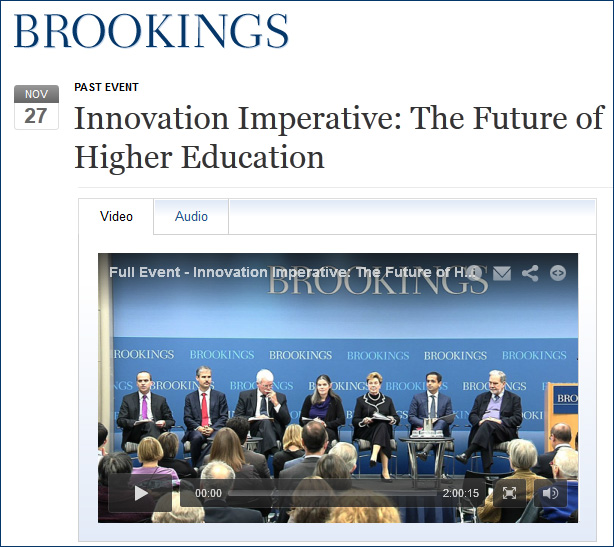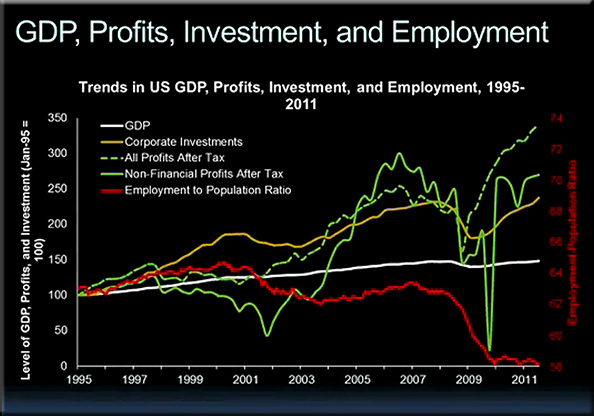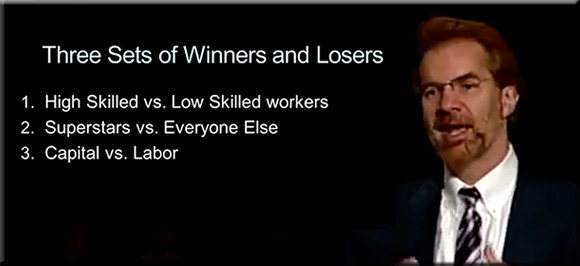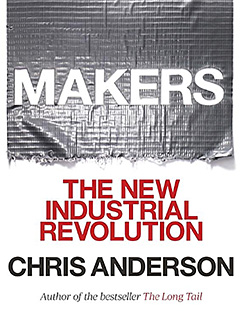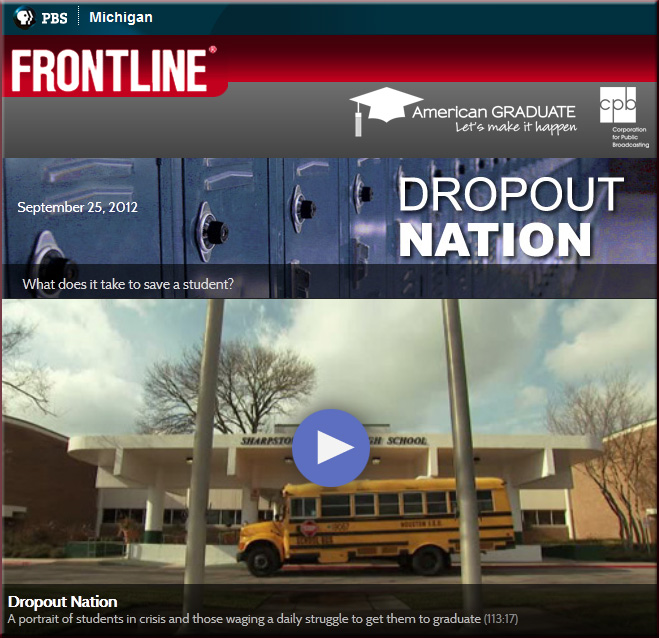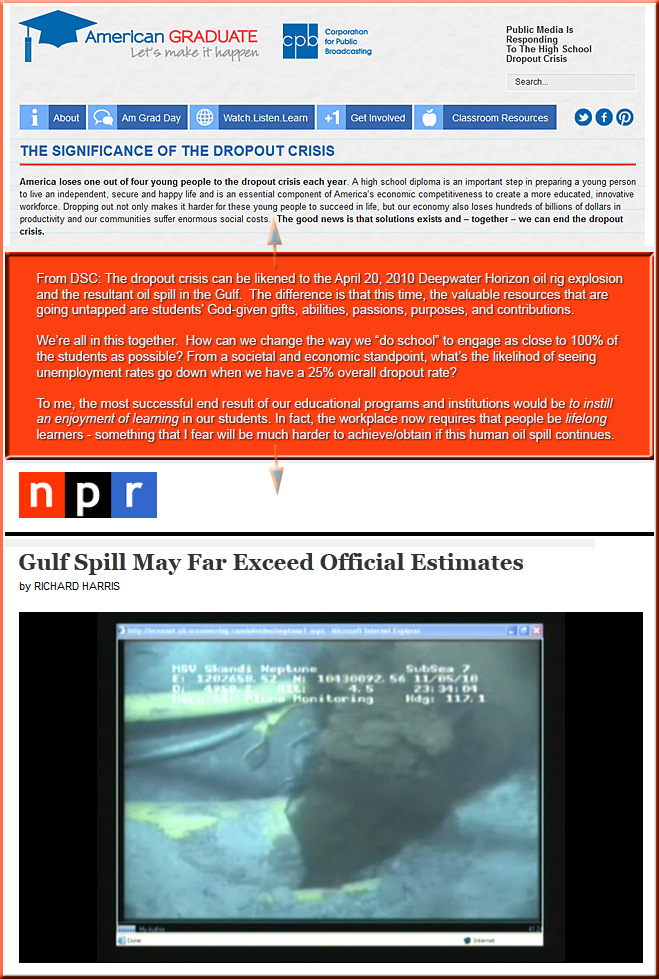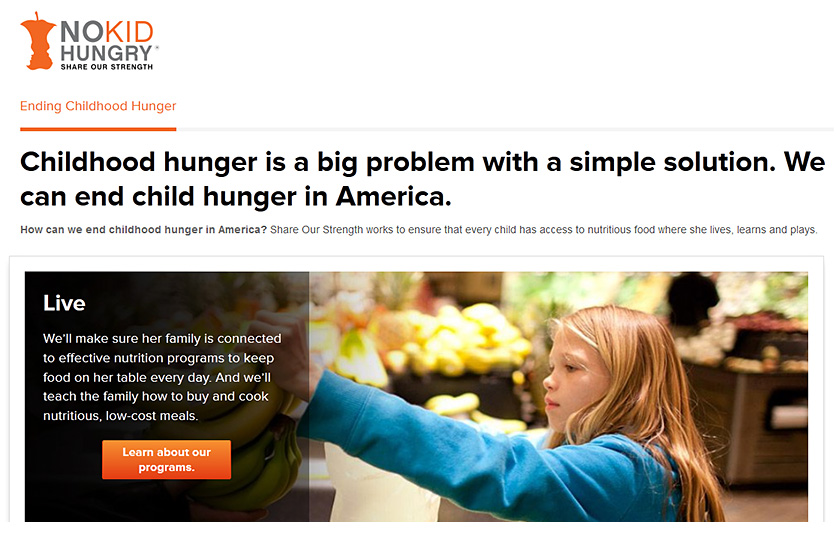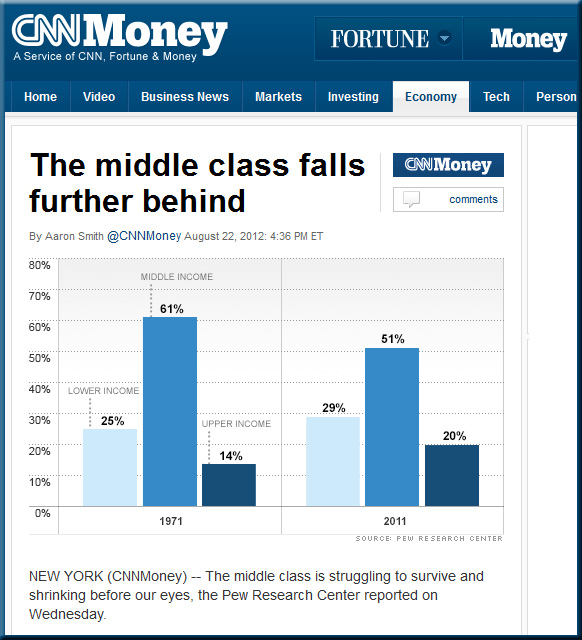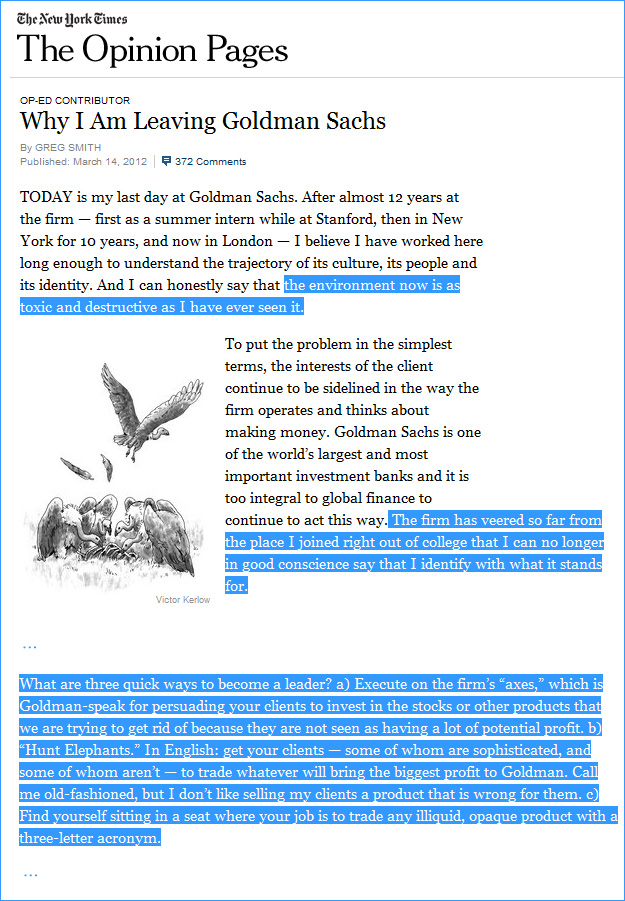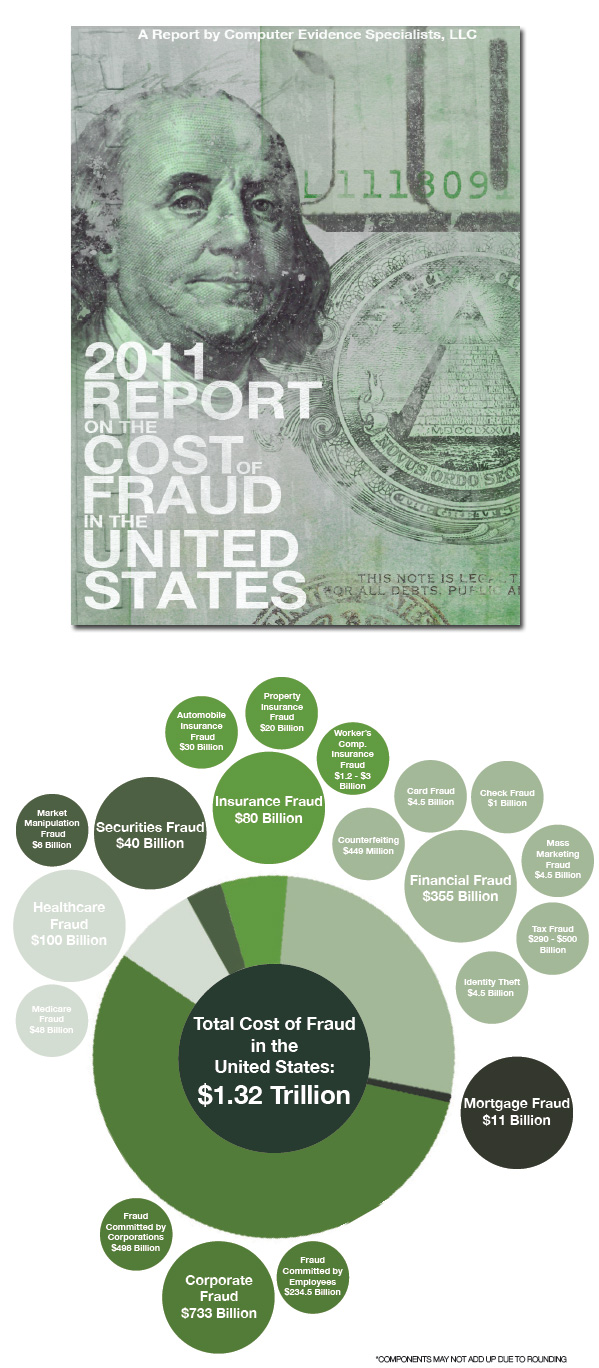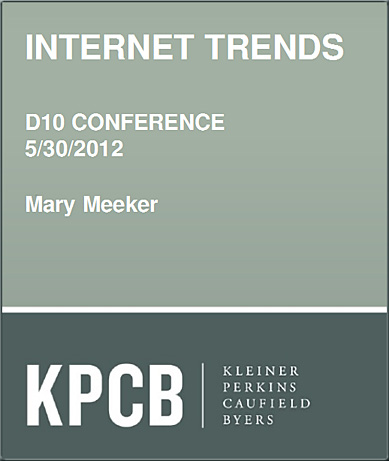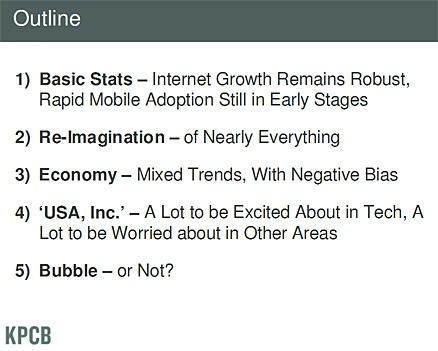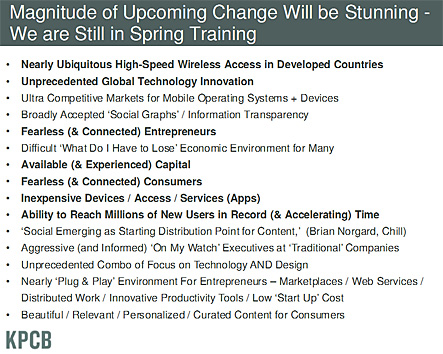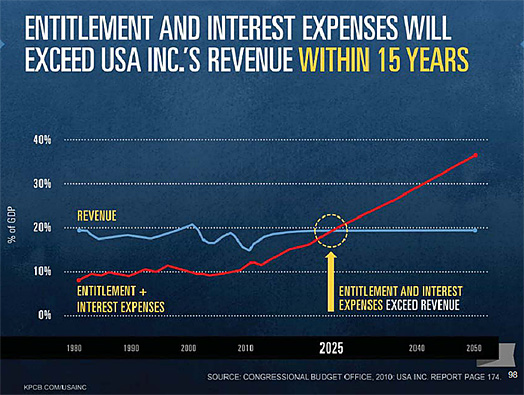The decline of US manufacturing jobs and living standards — from bbc.co.uk by Jonny Dymond BBC News, Michigan
Excerpt:
For decades America’s vibrant manufacturing sector provided poorly educated workers a bridge to the middle class. But today’s plants need highly skilled workers who know their way around ultra-high tech machinery.
From DSC:
While manufacturing levels are back up, unemployment rates continue (McAfee, 8/8/12 –> “But new manufacturing facilities in America and elsewhere today don’t need large numbers of hard-working-but-unskilled workers; they need small numbers of hard-working-and-highly-skilled ones.”).
I have a feeling the middle class is going to continue to shrink here in America, unless we can reinvent ourselves. But reinventing ourselves requires that people learn about new things — something much more feasible if people like to learn.
Upon graduating high school, do our students like to learn? Upon graduating college, do your students enjoy learning about new things? If not, how can we make learning more engaging and enjoyable? That’s imporant these days because there”s no more hopping on the corporate bandwagon for 40 years and then retiring with a nice pension/401(K) plan. All of us will need to “go back to our drawing boards” many times during our lifetimes now.
Also see:










